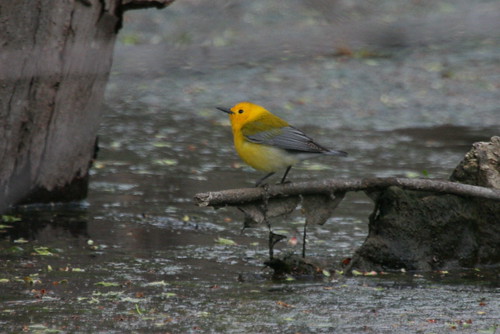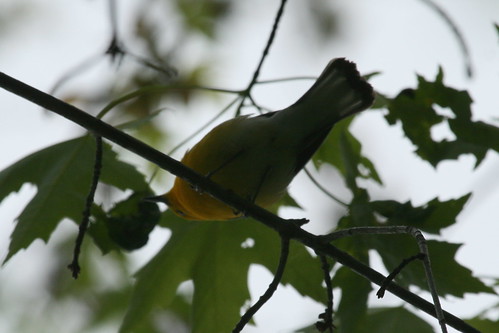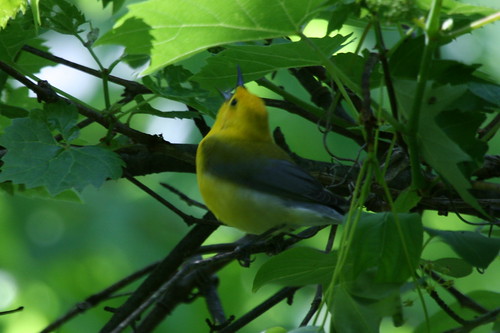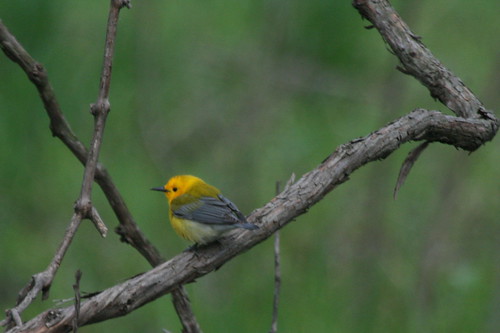As an avid birder, one of my worst fears is losing my eyesight. I've lately noticed floaters in my vision and it kind of scared me. I recently went in for my annual eye exam and the doctor assured me that small floaters are normal for middle-aged men. Oh, great. I'm one of those now. Ouch!
Over the last decade, no matter which optometrist I visit, they all take great interest in my birding pastime, especially related to how my corrective lenses interact with my birding optics. I'm an easy sell on all the optional lens coatings for eyeglasses as they quickly convince me that it will help my birding. Out of curiosity, I've recently been reading up on those optional lens coatings to see if there really are necessary or if I'm allowing myself to be scammed by well-intentioned eyecare professionals.
| Did you know?
Ancient Egyptian hieroglyphs hint that glass lenses may have been used for magnification dating back to the 5th century BC. The first eyeglasses were made in Italy about 1286.
- Wikipedia
|
On this most recent visit to the eye doctor, I also ordered myself a pair of prescription polarized sunglasses. I selected tint that still allows natural color transmission and I have discovered that I can wear them and use my bins and scope without diminishing my enjoyment of beautiful color patterns or hurting my ability to hone in on field marks. I'm also hopeful that the polarized lenses will cut down on the glare and reflections when I'm scoping out waterfowl on local ponds and lakes.
Many birders may wear contact lenses. As it relates to birding, comfort is probably the most important factor to consider. I have an astigmatism in my left eye and regular contacts irritate my eye so much that I have basically given up on wearing contacts altogether. I have found that disposable silicon lenses that are weighted (stabilized) allow for longer wear and comfort which is important for those Big Days of birding. There's nothing worse the eye fatigue complicated with irritated dry and itching eyes. I'm now trying out some disposable daily contacts which seem pretty comfortable and they come with the added convenience of never having to store or disinfect them.
We need to keep in mind our eye health and protect those precious tools from ultraviolet light and bright sunlight. Light reflecting off of snow can be severely damaging and the same goes for high-altitude birding where there is less atmosphere to filter out the UV rays. You may consider a proper diet and nutrition for your eyes. Rich green leafy vegetables and eggs provide lutein. Appropriate levels of Vitamin C, E and Zinc are also important in preventing eye disease like macular degeneration. Routine eye exams and retina photos will help in the early detection of other eye problems. When it comes to a birders optics, the most important lenses are our own eyes.

























































